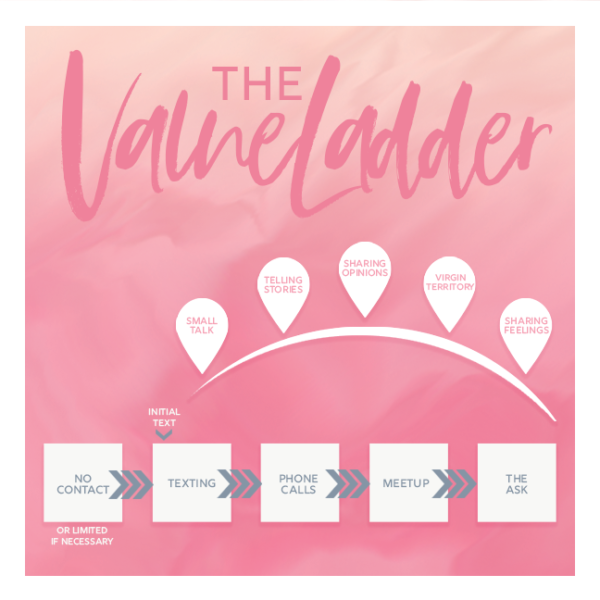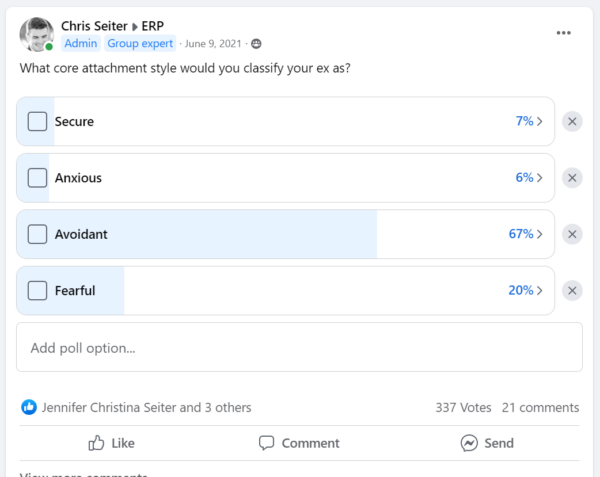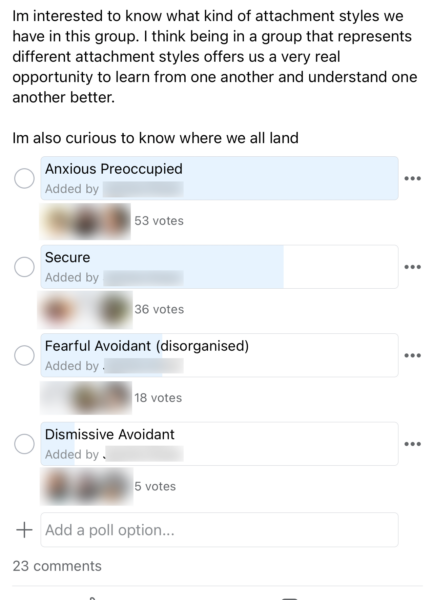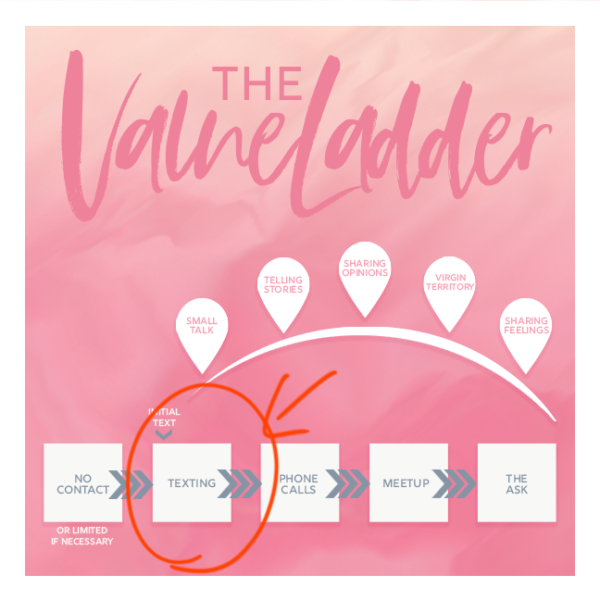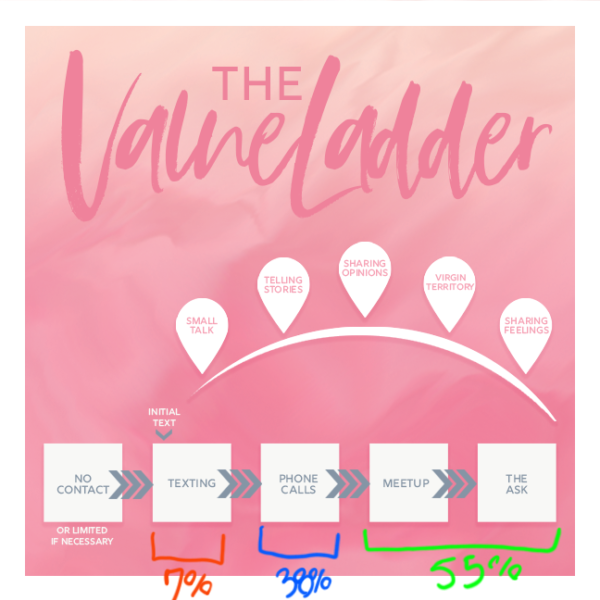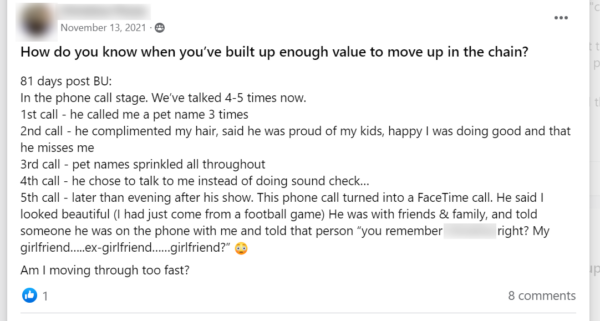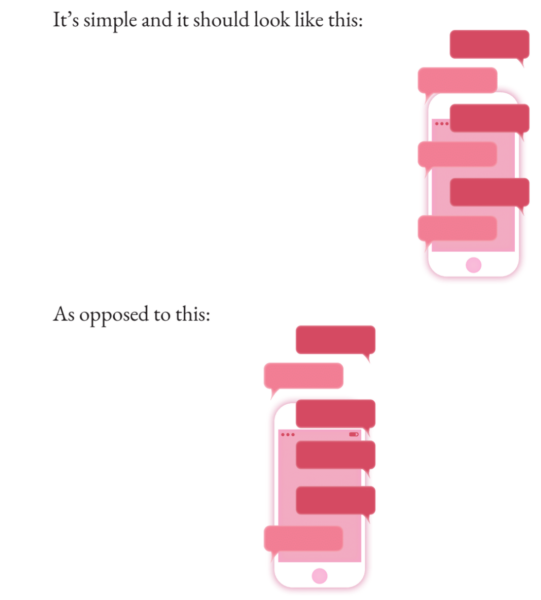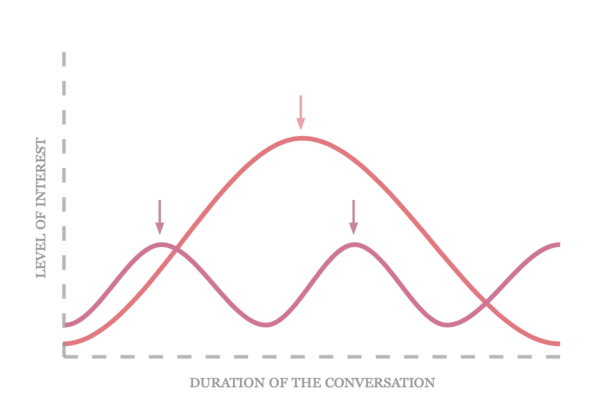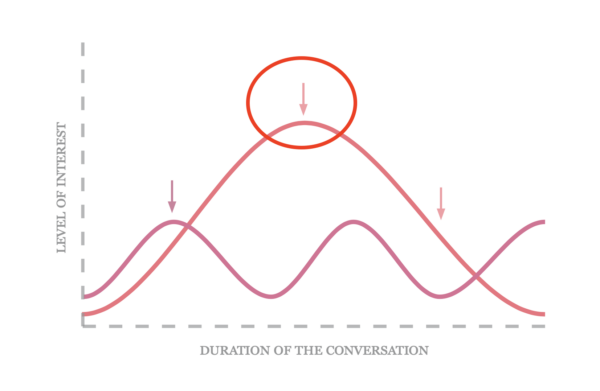For the last ten years, I’ve spent much of my professional life studying exes and in my opinion,
You shouldn’t call your ex until you have completed a no contact rule and created a strong foundation in the texting phase.
There’s literally no advantage to you “calling” barring any commitments you can’t get around (like pets, children, etc.)
Today, I’m going to take you through an odyssey where I am going to make the following arguments,
- Calling an ex too soon can be dangerous
- Showing you the prep work that needs to be done before you make a phone call
- Showing you how to know when you are ready for a phone call
- Showing you what I consider to be the most important part of a phone call
Let’s get started.

What Are Your Chances of Getting Your Ex Boyfriend Back?
Take the quizWhy Calling An Ex Too Soon Can Be Dangerous
There are several reasons why calling your ex prematurely can be detrimental.
Essentially, these reasons can be categorized into four primary factors.
- Jumping the value ladder
- Topics getting too emotional
- The anxious/avoidant connection
- Not obtaining emotional control
Jumping the Value Ladder:
Over the past decade, I’ve developed a system I fondly call the “value ladder.”
This system operates on a stair-step principle: after a breakup, one initiates the no-contact rule. Once this period is over, one gradually increases the frequency and depth of conversations, transitioning through different communication mediums.
Each stage builds value and trust.
The stages include:
- No-contact phase
- Texting phase
- Phone call phase
- Meet-up phase
Each stage in the value ladder is like a slow, deliberate step – it’s the tortoise and the hare approach.
However, many individuals, when they feel they’re making progress, skip steps, like jumping from the no-contact phase directly to an in-person meet-up which often leads to setbacks.
One of the pitfalls of contacting your ex too soon is inadvertently bypassing essential stages in the ladder.
Let’s take a moment and talk about why the texting phase always needs to happen before the phone call phase.
Shifting Dynamics from Text to Call:
The topics of conversation during phone calls are often more emotional.
When texting an ex, there’s a level of detachment; both parties have time to think about their responses. There’s no need to interpret tone or face-to-face reactions, making the exchange less personal.
Some might view this as a drawback, but I believe that, especially after a breakup, it serves as an advantage. It allows both parties some breathing room.
Phone Calls Can Sometimes Get A Little Too Emotional
However, with phone calls, there’s a tendency to discuss emotionally charged topics like the reasons for the breakup, seeking closure, or even contemplating reconciliation.
An additional hazard of phoning too soon is the potential to overstay one’s welcome. Extended or frequent calls can lead to discussions that are emotionally charged. Questions about the breakup’s cause, seeking closure, or even begging for a second chance can emerge, and these can be off-putting for your ex.

What Are Your Chances of Getting Your Ex Boyfriend Back?
Take the quizThe Anxious/Avoidant Connection
You know, an interesting side note is that most of the exes we study at Ex-Boyfriend Recovery tend to have avoidant attachment styles.
The primary desire of someone with an avoidant attachment style is independence.
If you call them and dive into an emotionally charged topic prematurely, they might see it as a threat to their independence, pushing them further away.
This brings me to another important point. As mentioned, many of our clients’ exes have an avoidant attachment style, while a significant portion of our clients lean towards an anxious attachment style.
Where this becomes especially pertinent during the phone call phase is in the underlying belief:
That avoidants often assume that the anxious individuals want them back.
Post-breakup, those with an anxious attachment style generally try to address and resolve issues. They might beg for their ex to return, promise that things will change, and so on.
Such behaviors shape the avoidant’s perception of the anxious individual’s intentions. Therefore, when emotionally charged topics arise during a phone call, it can inadvertently confirm the avoidant’s assumptions:
“Ah, they do want me back. Just as I thought.”
A Lack Of Emotional Control
Moreover, rushing into the phone call phase can indicate a lack of emotional control. This concept is central to our teachings at Ex-Boyfriend Recovery. The essence of the value ladder is progression without haste, maintaining emotional balance while steadily advancing.
That said, before engaging in a phone call with your ex, some preparatory steps are essential.
Foremost among these is the implementation of a no-contact rule.
The Prep-Work You Need To Do Before Engaging In A Phone Call
I recognize this might sound like familiar advice for anyone who’s researched the post-breakup landscape, but consider this perspective:
The no-contact rule is not just about emotional control; it’s also a pathway to outgrowing your ex.
This insight emerged prominently when we interviewed our success stories.
Many shared reflections like,
“It’s odd, but I felt I didn’t do anything extraordinary. I just focused on myself during the no-contact period. By its end, I felt I had outgrown my ex, and that, I believe, was pivotal to my success.”
There’s scientific evidence supporting this idea.
As mentioned, a lot of the exes we study exhibit dismissive avoidant attachment styles.
A peculiar trait of dismissive avoidants is they often don’t start missing their exes until they’re convinced that their exes have moved past them.
I talk a lot about that concept in this video,
The no-contact rule, when employed correctly, projects an image of moving on. This can actually weaken the avoidant’s defenses and increase their receptiveness to you.

What Are Your Chances of Getting Your Ex Boyfriend Back?
Take the quizThus, not only is the no-contact rule fundamental, but it also sets the stage for the value ladder I discussed earlier.
It’s crucial to remember the sequence: the no-contact phase is followed by the texting phase, which can be quite challenging.
The aim here is to rebuild a connection and foundation.
One major pitfall I’ve observed is individuals bypassing stages of the value ladder.
Their efforts often falter because they haven’t solidified their rapport during the texting phase. My aspiration for every client is that, by the time they transition to the phone call or meetup phases, they’ve established a robust foundation through texting.
This foundation ensures subsequent interactions are fruitful.
Think of it this way: you wouldn’t propose marriage on the first date. Building a relationship requires time, effort, attraction, rapport, and meaningful exchanges.
It’s about methodically stacking the odds in your favor, ensuring each step is well-grounded before moving on to the next.
All of these elements are pivotal, and they come into play during the texting phase. This phase is essentially about reacquainting yourself with your ex.
The 7/38/55 Rule Within The Value Ladder
Another intriguing facet of the value ladder is how it aligns with the 7/38/55 rule.
Albert Mehrabian introduced this rule in his 1971 book, “Silent Messages.”
He posited that communication comprises 7% spoken words, 38% tone of voice, and 55% body language.
What’s fascinating about the value ladder is its alignment with the 7/38/55 rule.
If you assess the ladder in the context of this rule, you’ll observe a near-perfect adherence across its various phases.
- For instance, the texting phase primarily accounts for the 7% of communication that’s rooted in words. This might explain why few people reconcile with their exes during this phase.
- The phone call phase layers on an additional 38%, incorporating tone.
- The meetup phase further adds 55%, capturing body language.
The overarching goal with the value ladder is to progressively climb until the entirety of communication, or 100% of its meaning, is achievable.
However, the transition from texting to the phone call phase represents a significant leap.
Suddenly, your ex hears your voice, and interactions can progress rapidly. This underscores the necessity of establishing a solid foundation through the value ladder.
Yet, a common query arises: “If I’m currently in the texting phase and understand its importance, how can I discern when I’m prepared for the phone call phase?”
How To Know If You Are Ready For The Phone Call Phase?
I’d like to share a screenshot from our community, dating back a few years, that provides some insights on this.
This person said,

What Are Your Chances of Getting Your Ex Boyfriend Back?
Take the quizHow do you know when you’ve built up enough value to move up in the chain?
81 days post BU:
In the phone call stage. We’ve talked 4-5 times now.
1st call – he called me a pet name 3 times
2nd call – he complimented my hair, said he was proud of my kids, happy I was doing good and that he misses me
3rd call – pet names sprinkled all throughout
4th call – he chose to talk to me instead of doing sound check…
5th call – later than evening after his show. This phone call turned into a FaceTime call. He said I looked beautiful (I had just come from a football game) He was with friends & family, and told someone he was on the phone with me and told that person “you remember (anonymous) right? My girlfriend…..ex-girlfriend……girlfriend?”
Am I moving through too fast?
So, this individual is contemplating whether they’ve cultivated enough value to transition to the meet-up phase.
My perspective?
Definitely.
One crucial indicator to monitor is achieving a balanced communication ratio.
Ideally, you should aim for a 1:1 text exchange: for every message you send, they should send one in return.
- If you find yourself sending two texts for every single one they send, that’s not favorable.
- Conversely, if they send two texts in response to your one, that’s a promising sign.
Additionally, pay attention to the nuances, as this person did.
The reintroduction of pet names, the frequency of conversations (four to five times), and progressing to the phone call stage are all positive indicators. Mentions oscillating between ‘girlfriend’ and ‘ex-girlfriend’ also provide valuable insights.
Essentially, if you notice these patterns during the texting phase, as opposed to the phone call stage, it’s a strong indication that you’re well-prepared for the phone call.
How To Transition To The Phone Call Phase (And What To Say)
Many people grapple with transitioning from the texting phase to the phone call phase.
To navigate this, I recommend employing what I term the “phone call transition text.”
Here’s the gist:
- Engage your ex via text
- Ensure the conversation flows smoothly
- Begin to narrate an intriguing story.
- The story must captivate their attention and be too lengthy to wrap up in a single text.
- Midway, pause and write, “You know what? I’ll just call you to finish this. It’s too much to type out.”
Their curiosity will drive them to answer the call to hear the conclusion.
The objective is to ingeniously move from texting to calling.
Yet, don’t deploy this tactic unless confident that you have the upper hand—when they’re using endearing nicknames, maintaining regular conversations, ensuring a balanced communication frequency, and responding swiftly.
If these elements align, it’s worth attempting the phone call transition text.
Next, I’d like to highlight what I deem the linchpin of effective phone calls: the conversation flow concept.
Every discussion, be it via text, phone, or face-to-face, possesses its unique rhythm.
Some may soar to exciting peaks, while others might plateau or exhibit fluctuations. Embracing the idea that each conversation has its distinctive flow allows you to harness the power of the Zeigarnik effect.
This psychological phenomenon posits that people more vividly recall unfinished tasks compared to those they’ve completed.
Thus, your ex will more likely remember a conversation you cut short at its climax rather than one that dragged on. The strategy? Engage them deeply, identify the conversation’s zenith, and end it there.
How do you pinpoint the climax?
As a general rule, when you’re most engrossed and wish the talk would never conclude, that’s likely the high point. Concluding a conversation needn’t be intricate or rude.
Perhaps there’s an unforeseen work crisis, or your phone “unexpectedly dies” (when you might’ve simply turned it off), or maybe you’re about to engage in an exciting activity.
The key lies in recognizing the conversation’s pinnacle and making a graceful exit.
This strategy’s potency eclipses the content of your words. Remember, it’s less about who initiates a conversation and more about who concludes it that truly resonates.
